What is the tolerance range of precision screws?
What is the tolerance range of precision screws?
Service Hotline
+86760-8787 8587We have more than ten years of production experience in the screw industry, the main products are: large outer diameter ring, rivet nut, aluminum column nut, long leg hollow rivet, hairpin pin, titanium throat hoop screw, flange surface anti-skid bolt, nut screw Caps, plum handle bolts, marine hardware, plastic support, GB62 copper wing nuts, solid wood embedded trapezoidal screw caps, narrow-edge flat washers, filament bolts and other fasteners, due to different product materials and specifications, the price It is also different, please contact us if necessary.


As the preferred embodiment of the above-mentioned embodiment, the motor 41 is provided with a thruster 46 that moves the cutting wheel 42 toward the conveying device 3. When the screw needs to be slotted, the thruster 46 generates a thrust toward the screw, and the motor 41 generates a thrust in the direction of the screw. Under the action, the groove is moved along the track 47 toward the screw. The other end of the motor 41 is provided with a bearing 45, and the output end of the motor is provided with a special-shaped wheel 44. The special-shaped wheel 44 is geared to the bearing 45. The wheel 42 is close to or away from the conveying device 3. When the grooving is completed, the special-shaped wheel 44 rotates and drives the bearing 45 to generate the opposite force from the above-mentioned thrust, so that the motor 41 moves back to the original position along the track 52.
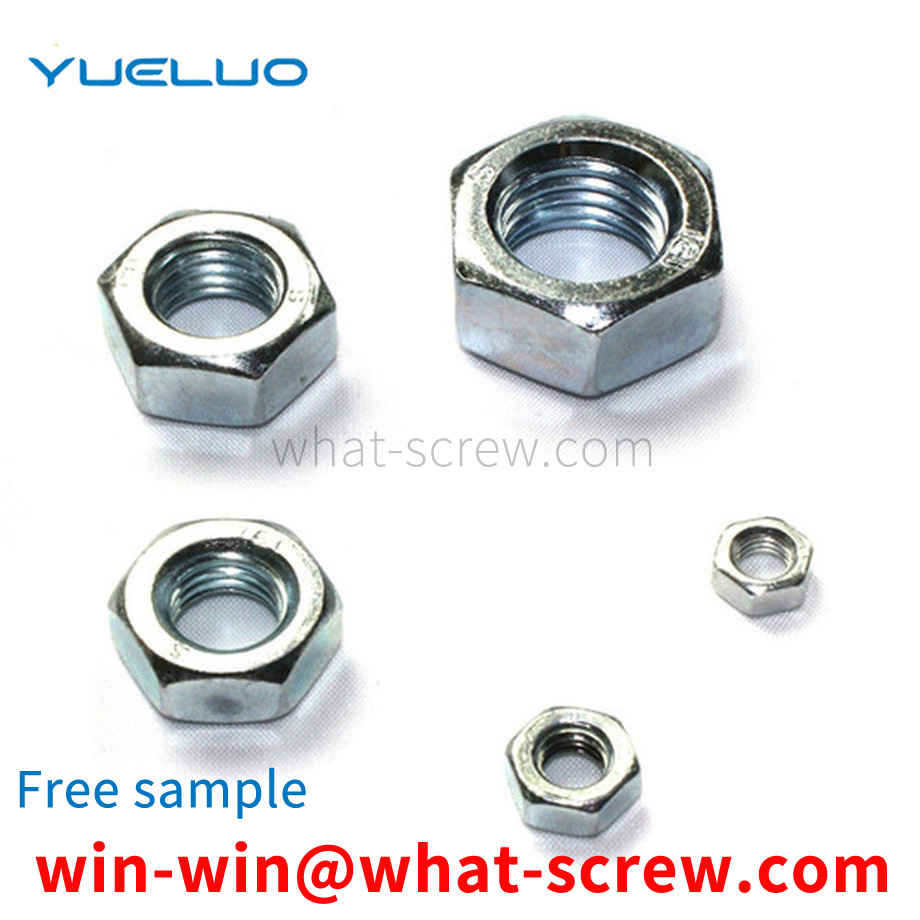
The commonly used tools for fixing screws on the surface of the workpiece are electric screwdrivers and manual screwdrivers. Both of these screwdrivers manually attach the screws to the bits of the electric screwdriver or manual screwdriver, and then fix the screws on the surface of the workpiece. The screwdriver is inefficient in fixing the screw, and cannot accurately locate the screw fixing point.
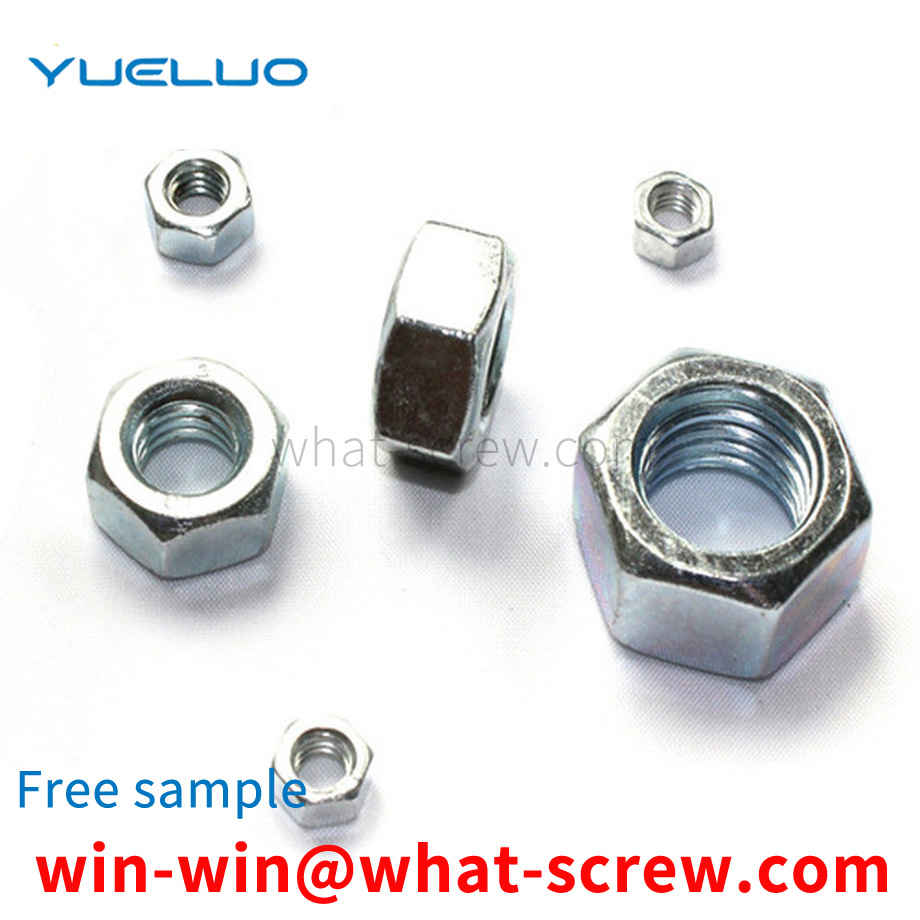
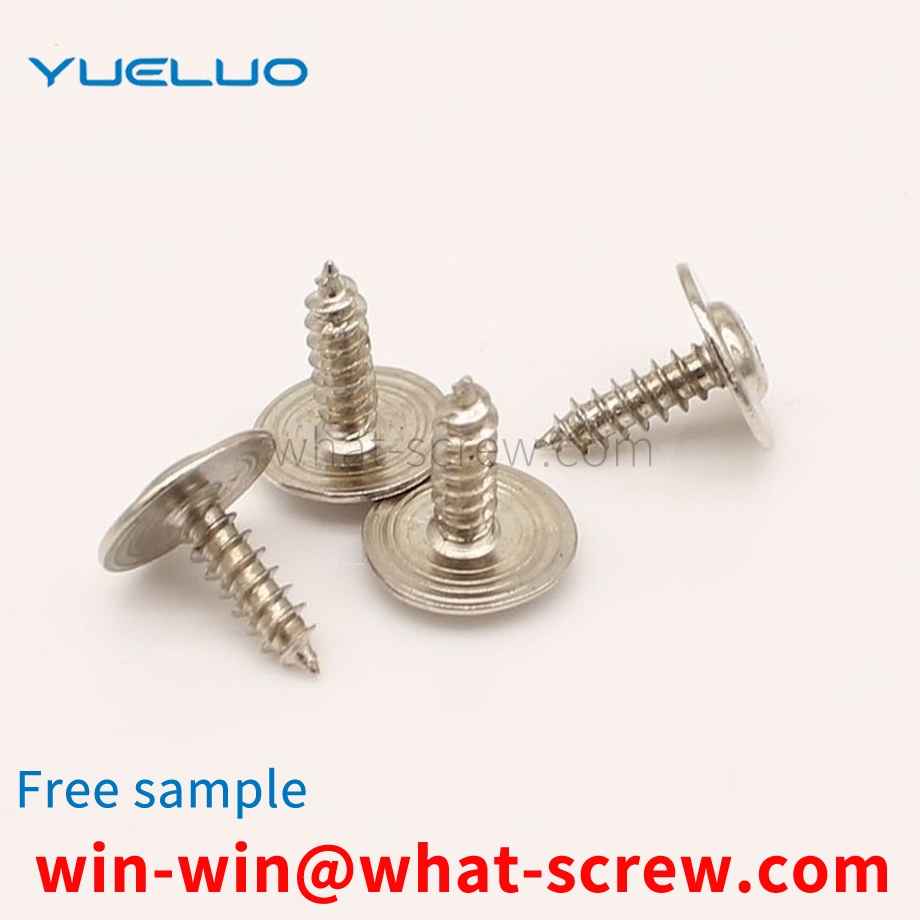
Wire cutters are widely used tools in electromechanical and other industries, and rivets are widely used standard parts, especially in the manufacturing or maintenance process of the electromechanical industry. Because the currently used wire cutters are mostly used to cut finer steel wires or various wires and twist small screws and nuts. In the process of work, rivets of various specifications are often encountered temporarily. For example, suitable rivets cannot be found at the scene, or other replacements will cause inconvenience to the work, which not only affects the output, but also affects the quality.
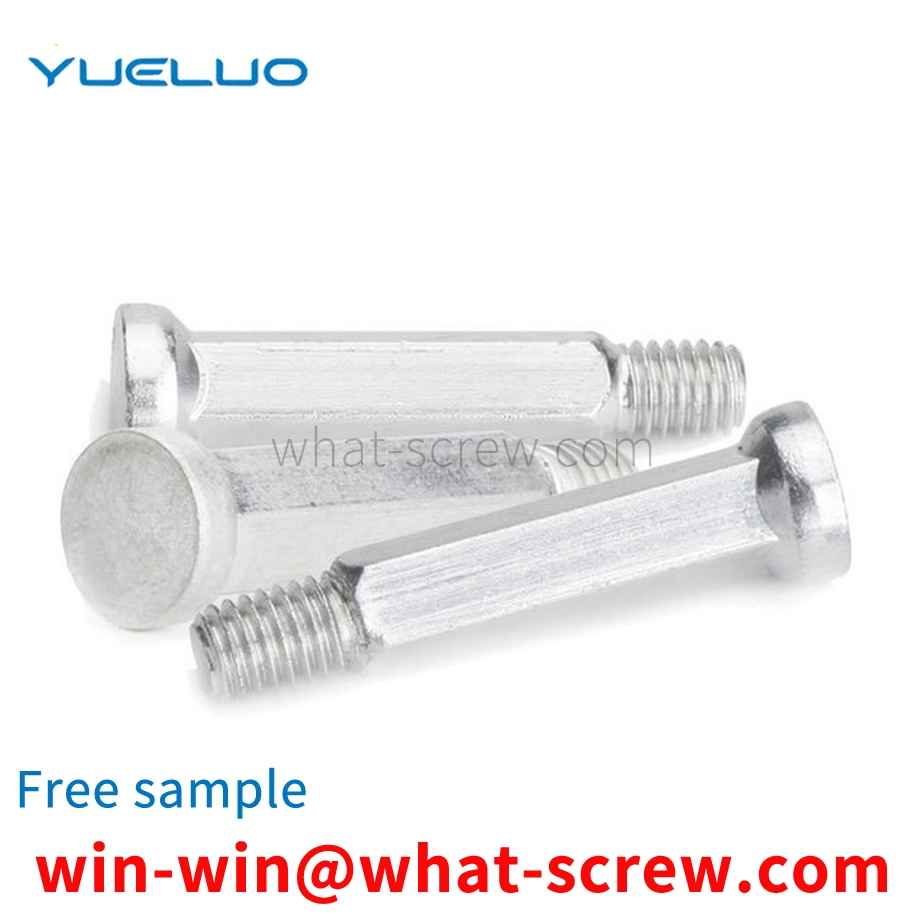
Type 1 nut refers to an ordinary hexagonal nut with a nominal height of m ≥ 0.8D. Its type and size should meet the requirements of GB/T6170; while the height of type 2 nut is higher than that of type 1 nut, its type and size should comply with GB/T6170. T6175. There are two purposes to increase the type 2 nut: one is to obtain a relatively inexpensive nut that does not require heat treatment by increasing the height of the nut. Because D≤M16 grade 8 type 1 nuts do not need heat treatment, among grade 8 nuts, only the specifications of D>M16~39 use type 2 nuts. Obviously, type 1 nuts that do not need heat treatment cannot reach grade 9 nuts. Mechanical property requirements. Another purpose of specifying Type 2 nuts is to obtain a more ductile grade 12 nut. As the height of the nut increases, the guaranteed stress index can be achieved at a lower quenching and tempering hardness, so the toughness of the nut is increased. Classified by tooth spacing: standard teeth, regular teeth, fine teeth, very fine teeth and cross teeth. Classification by material: stainless steel hexagon nuts and carbon steel hexagon nuts, copper hexagon nuts, iron hexagon nuts. Classification by thickness: hexagonal thick nuts and hexagonal thin nuts. Classification by usage: hot melt copper nut, hot pressed copper nut, embedded copper nut and ultrasonic copper nut
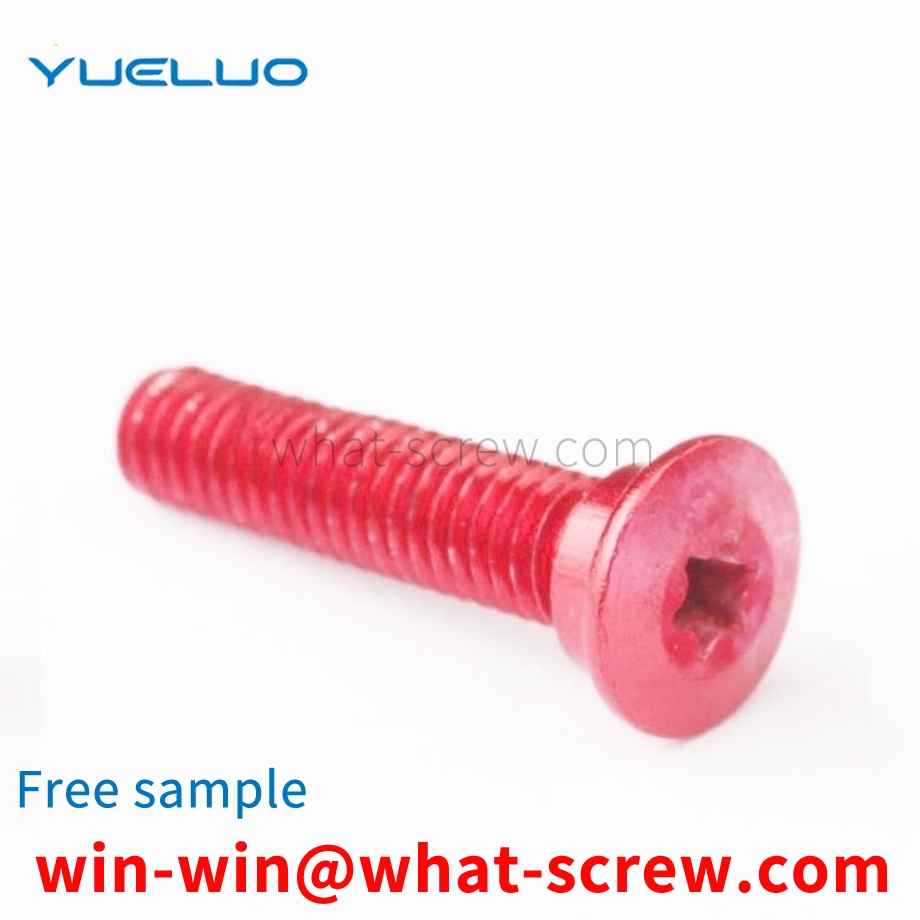
The above content is uploaded by Yueluo or the Internet. If there is any copyright issue, please contact [email protected].

What is the tolerance range of precision screws?

How to choose the right stainless steel screw manufacturer?

Why is there an R angle under the head of the hexagon head s...

We have more than ten years of experience in screw industry ...

We have more than ten years of experience in screw industry ...

We have more than ten years of experience in screw industry ...

We have more than ten years of production experience in the ...